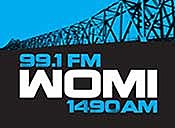
Thursday Top 10 – Fast Food Tricks
Convenience and quickness is what we love about fast food. I bet if Kroger had a red letter motif we might stop eating fast food so much when we are on the run. Wishful thinking though. Red lettering is in a big line of things that fast food restaurants use when it comes to attracting customers and controlling their brains.
Fast food reputation is more than likely what holds the industry together at this point but for someone who has never eaten at a particular place you might notice a few of the things on the list below. These companies use colors, music and lighting to get you in the door, buy their product and then make you leave as quickly as possible all while being friendly.
Midweek Top 10
1. They use red on everything. Scientists think the color red stimulates your appetite when you see it. Orange, yellow, and pink work too. McDonald's, In-N-Out, Fatburger, Chick-Fil-A, Carl's Jr., Hardee's, Burger King, Wendy's . . . just about everyone does it.
2. They always smell good. What you smell has a huge impact on your appetite. That's why you start smelling Cinnabon in the mall about a hundred yards before you get to the food court.
3. They get you with those big close-ups of that perfectly-cooked, perfectly-built burger that doesn't exist in any actual fast food joint. By the time you get the nasty burger from the drive-thru, you're too hungry to notice the difference.
4. Blasting top 40 music. Relaxing music like classical and jazz tends to keep people in a restaurant longer, according to one study. So fast food chains use loud, fast pop music to make you eat FASTER and leave earlier. They need the turnover.
5. Meal deals. The restaurant gets less for a combo than it would for each item bought separately. But the deal you get makes you buy more food than you would buy otherwise.
6. Bright lighting. It keeps you from relaxing, so you'll spend less time there.
7. Keeping menu options limited. The game is to give a good selection without overwhelming customers with too many options. They aim for about six items per menu category.
8. Appealing names and descriptions. There are certain adjectives they always go back to. Coffee is always "aromatic" . . . beef is always "sizzling" . . . you get it.
9. Different sizes for the same item. Restaurants make more profit on smaller sizes. So they actually make the large sizes absurdly large on purpose, to make people order more of the small sizes. Of course it usually backfires, because they just used all their OTHER tricks to give you a huge appetite.
10. Special menu designs. They put the expensive items in the upper right corner, where your eye tends to land first. Or they highlight certain items by making them bigger than the rest, or putting a box around them.
More From WOMI-AM
![Vanderbilt Pitcher Proposes Moments After Team Wins College World Series [PHOTOS]](http://townsquare.media/site/758/files/2014/06/proposal.jpg?w=980&q=75)







![Ticket Sales Continue for the 2014 Liquid Ninja Big O Music Fest [Video]](http://townsquare.media/site/76/files/2014/06/Hank-Jr.jpg?w=980&q=75)
